

Matt Campbell
2026 Hyundai Tucson Hybrid review
1 Hour Ago
Italian marques have been responsible for some of the most iconic cars ever designed, and their badges have an equally prominent history.

Contributor
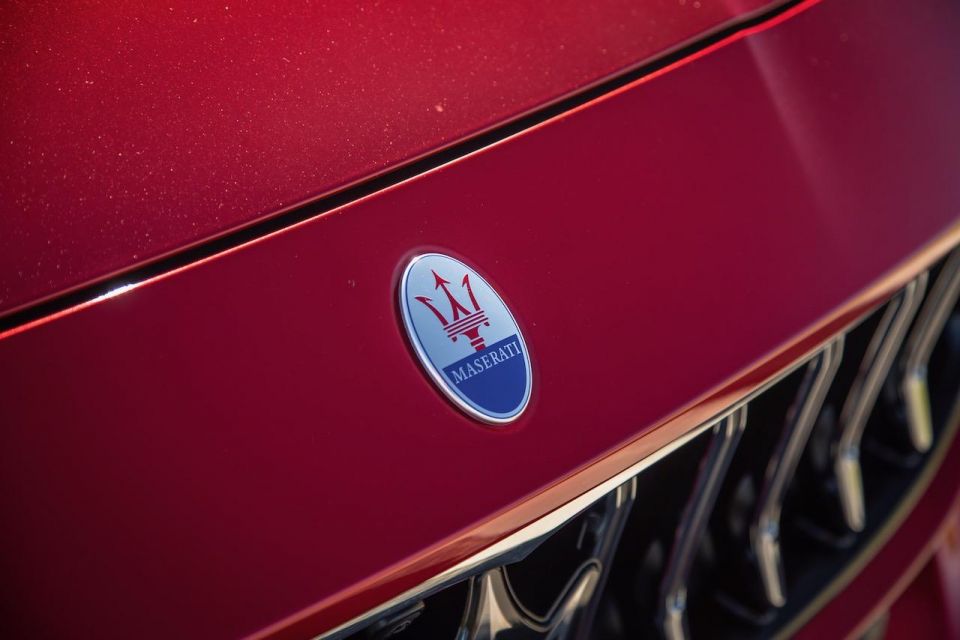

Contributor
Zombies. What do they have to do with the automotive industry?
Well, the word zombie perhaps best describes the current status of storied Italian marque Lancia. Responsible for iconic cars such as the Stratos, among others, Lancia currently sells just one model in just one market.
Thankfully, the other Italian marques described in this story have had significantly greater success lately.
From the Prancing Horse to the Maserati trident, here’s the inside line on where some of Italy’s best-known badges are from.

Ferrari and Porsche are perhaps the two most famous carmakers to feature horses on their emblems, but their origins are different.
The famous Ferrari Prancing Horse has its origins in aviation. During the First World War, fighter pilot Francesco Baracca became a national hero as Italy’s top fighter ace, winning 34 aerial duels before being killed in combat in 1918.
The planes he flew were painted with a black prancing horse on a white background, representing the family crest of the Baracca family.
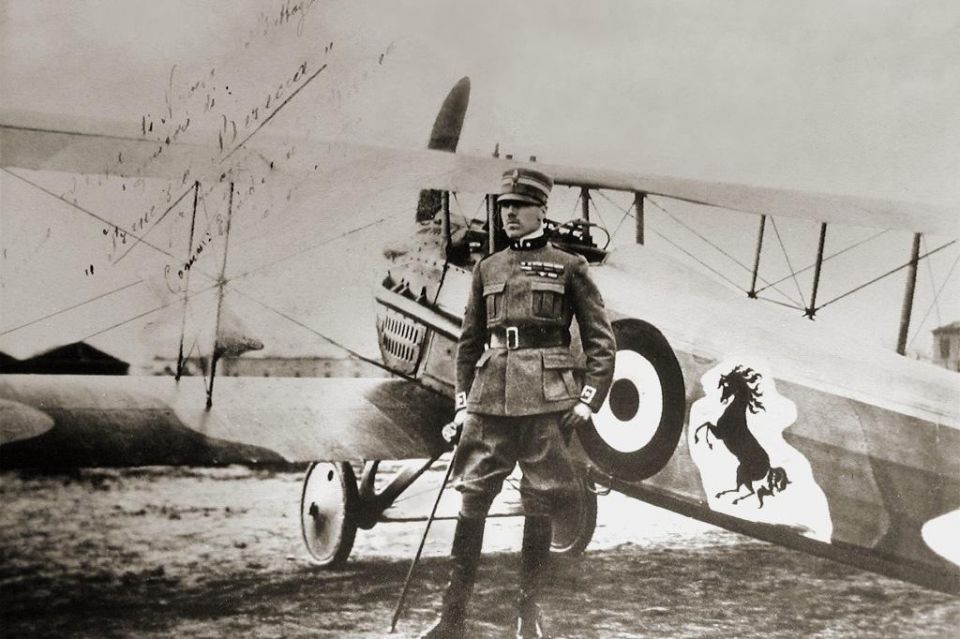
Enzo Ferrari (who would go on to establish Ferrari as a separate firm) met Francesco’s parents in 1923, who suggested Ferrari should paint the prancing horse on his racing cars as a measure of good luck.
Ferrari obliged. As Scuderia Ferrari at the time was the racing team for Alfa Romeo rather than a carmaker in its own right, the first vehicle to be painted with the emblem was in fact the Alfa Romeo 8C Monza in 1932.
On this car, Ferrari kept the design of the horse similar to that of Baracca’s plane, but changed the background to canary yellow to reflect the colour of the city of Modena where the team was based.

The Ferrari logo has remained largely consistent since it was first used, apart from changes in shape from a shield to a rectangle (although the shield can still be added today on the side profile of new Ferraris), and the addition of the letters ‘S’ and ‘F’ on either side of the prancing horse on the Ferrari shield as initials that stand for ‘Scuderia Ferrari.’
The top of the rectangular emblem also features three stripes that represent the Italian flag.
Lancia is currently a single market subsidiary of Stellantis, but it has a storied reputation. in the automotive industry.
It was the first brand with a complete electrical system in a car, offered the first five-speed manual gearbox, and commercialised the use of independent suspension at a time when other carmakers used live axles.
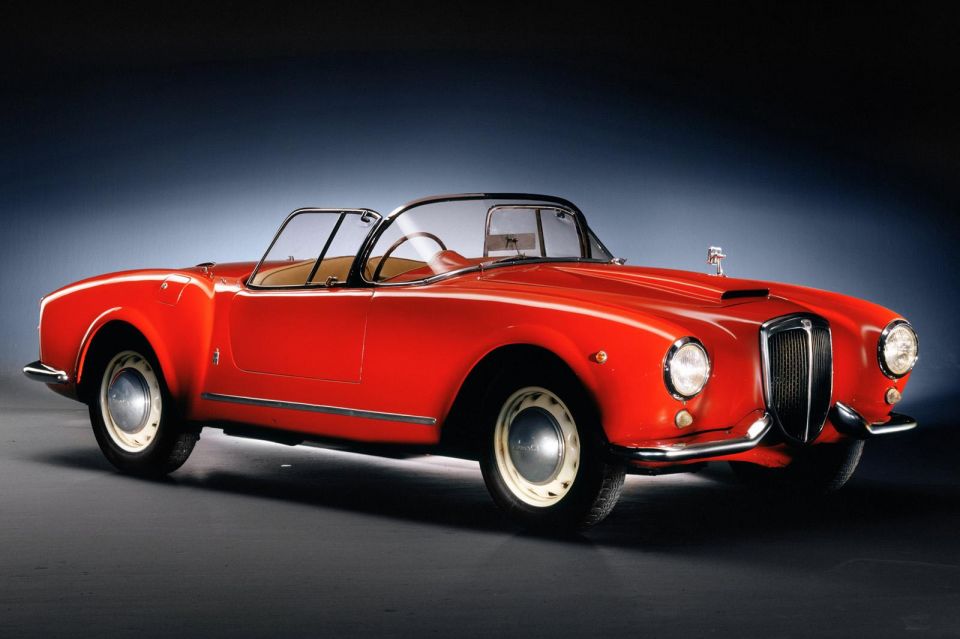
Founded in 1906 by Fiat engineers and racing drivers Vincenzo Lancia and Claudio Fogolin, both of whom wanted to make their own cars, the Lancia emblem alludes to their focus on producing innovative automobiles.
The first Lancia badge was a stylised interpretation of the word Lancia itself, formed in a curved font. The next emblem, however, set the stage for all future emblems.
Wanting the emblem to demonstrate his ambitions for the brand, as well as to portray a sleek and sophisticated image, Lancia worked with illustrator Carlo Biscaretti di Ruffia to come up with an entirely new design.
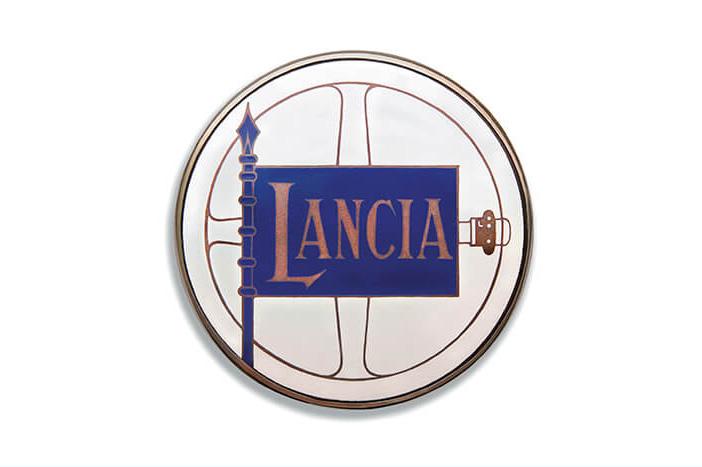
The result was a combination of elements that would combine to a unified whole. The background consisted of a circular steering wheel outlined in gold.
In the foreground, a lance, an aggressive but elegant weapon, acted as a flagpole to hold up the Lancia word mark in an elegant serif font on a contrasting blue background.

Over time, the overall shape has changed from a circle to a triangular shield, and these elements have been pared back. The steering wheel has been made less abstract and the lance has disappeared from the current Lancia logo, but the fundamental palette and element positioning have remained consistent.
Pagani is much newer than the other carmakers described here, having only been founded in 1988 by Horacio Pagani, a former materials engineer at Lamborghini.
Initially a design and engineering consultancy that assisted former employer Lamborghini with restyling various models, Pagani decided to build his own cars.
His first model, the Zonda, launched in 1999.
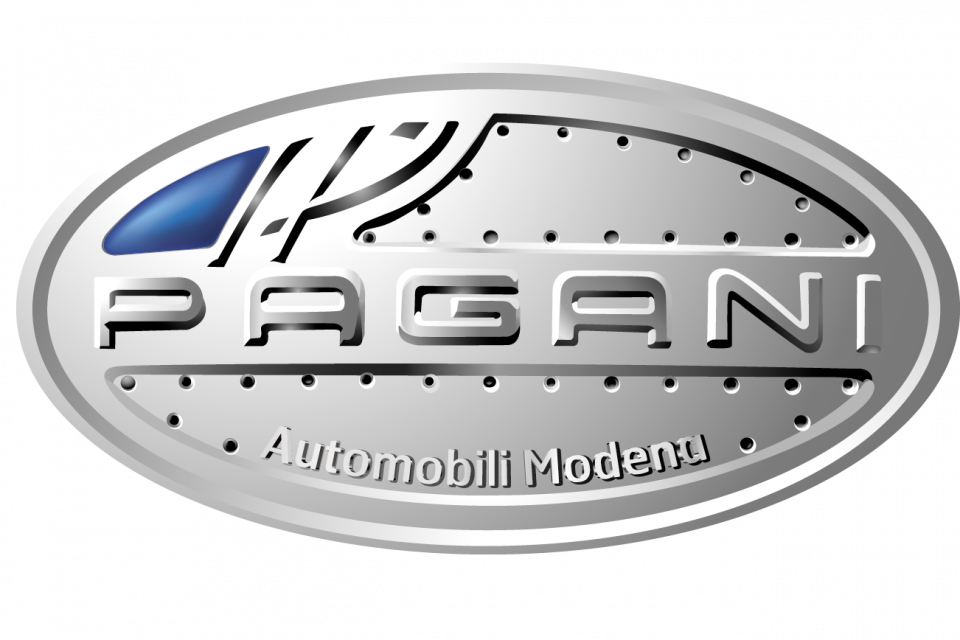
The Pagani logo reflects the youth of the company, in that it has not changed since its inception.
The ovoid logo makes use of an almost perforated metallic design, perhaps symbolising the company’s expertise in materials engineering and design, with the Pagani name (and a highly stylised letter ‘P’) emblazoned across the badge.
The Automobili Modena wording at the bottom of the emblem reflects the location of the firm’s headquarters, in Modena.
The Maserati family in 1914 included Alfieri, Ettore, Ernesto, and Mario Maserati.
The first three decided to work together and establish Maserati, with the company’s initial products being spark plugs for aircraft engines during the First World War.
The Maserati family were from the Italian city of Bologna, and one of the main attractions of the city to this day is the Fountain of Neptune, which depicts the Roman god of the sea standing with his trademark trident.
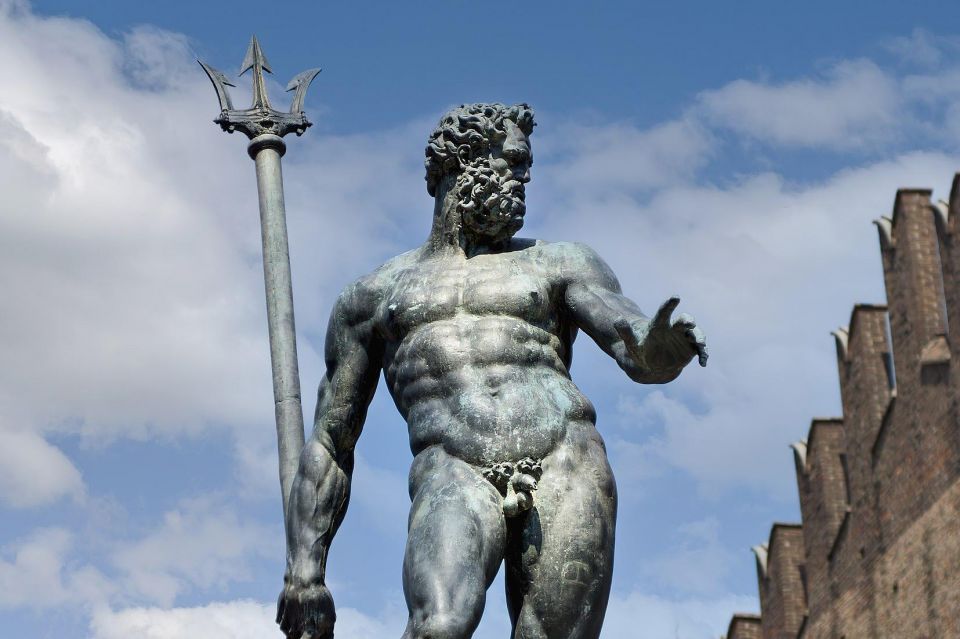
The fourth brother, Mario Maserati, took inspiration from this fountain to design the Maserati emblem. When Maserati launched its first complete car in 1926, the first emblem featured the trident as a central element.
Although the trident has remained the core element of the Maserati emblem to date, the colour palette and outer emblem shape have changed over time.
Initially a simple rectangle with a black trident, an ovoid shape with a red trident above the Maserati wording on a blue background was used (with subtle evolutions) between 1951 and 2015.
Since then, greater emphasis has been placed on the trident and word mark, with new Maserati vehicles such as the MC20 featuring the standalone trident on the front grille, whilst the traditional ovoid badge retains pride of place on the bonnet.
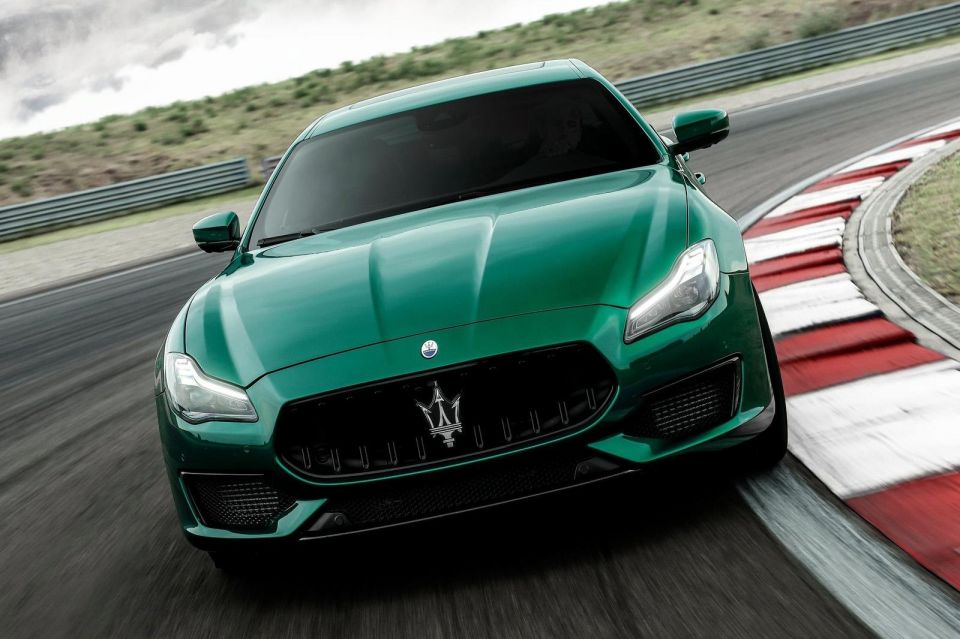


Matt Campbell
1 Hour Ago


Max Davies
17 Hours Ago


William Stopford
17 Hours Ago


Derek Fung
18 Hours Ago


Max Davies
1 Day Ago


William Stopford
2 Days Ago